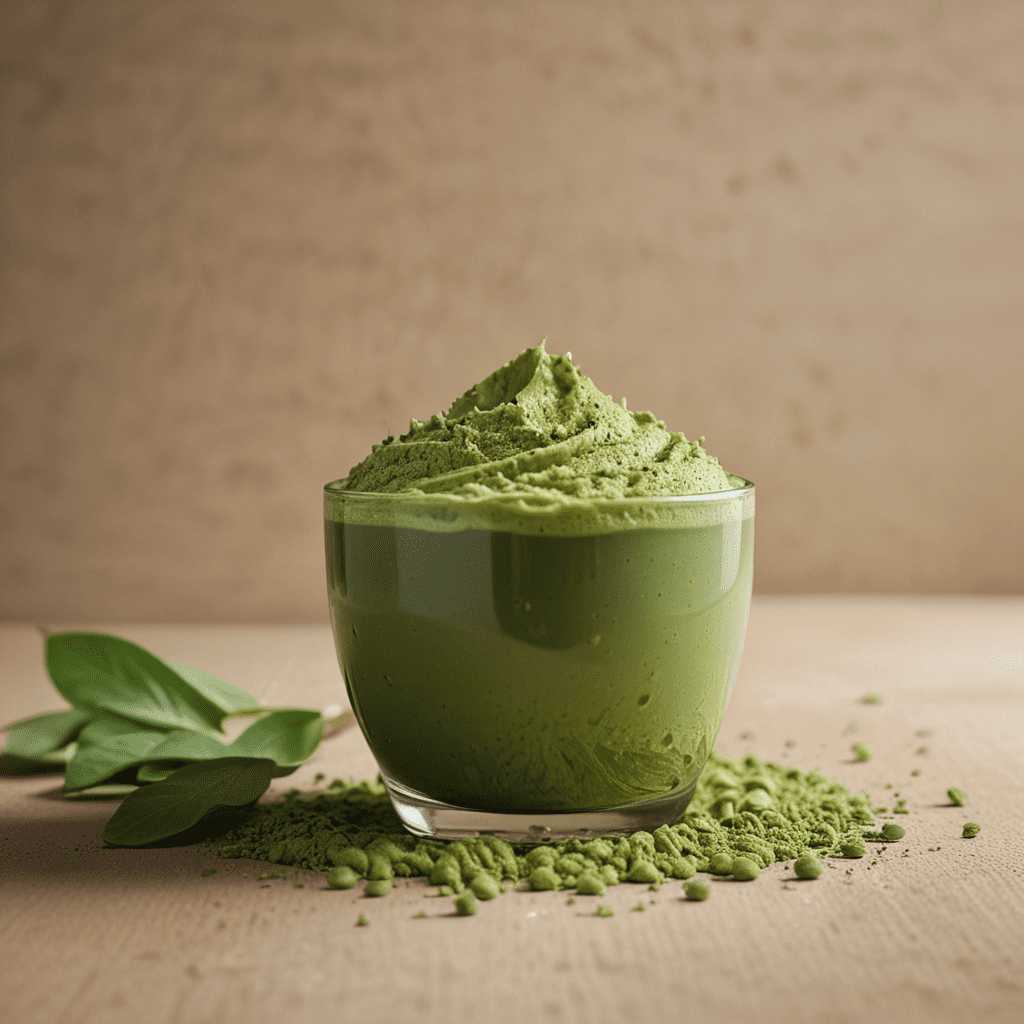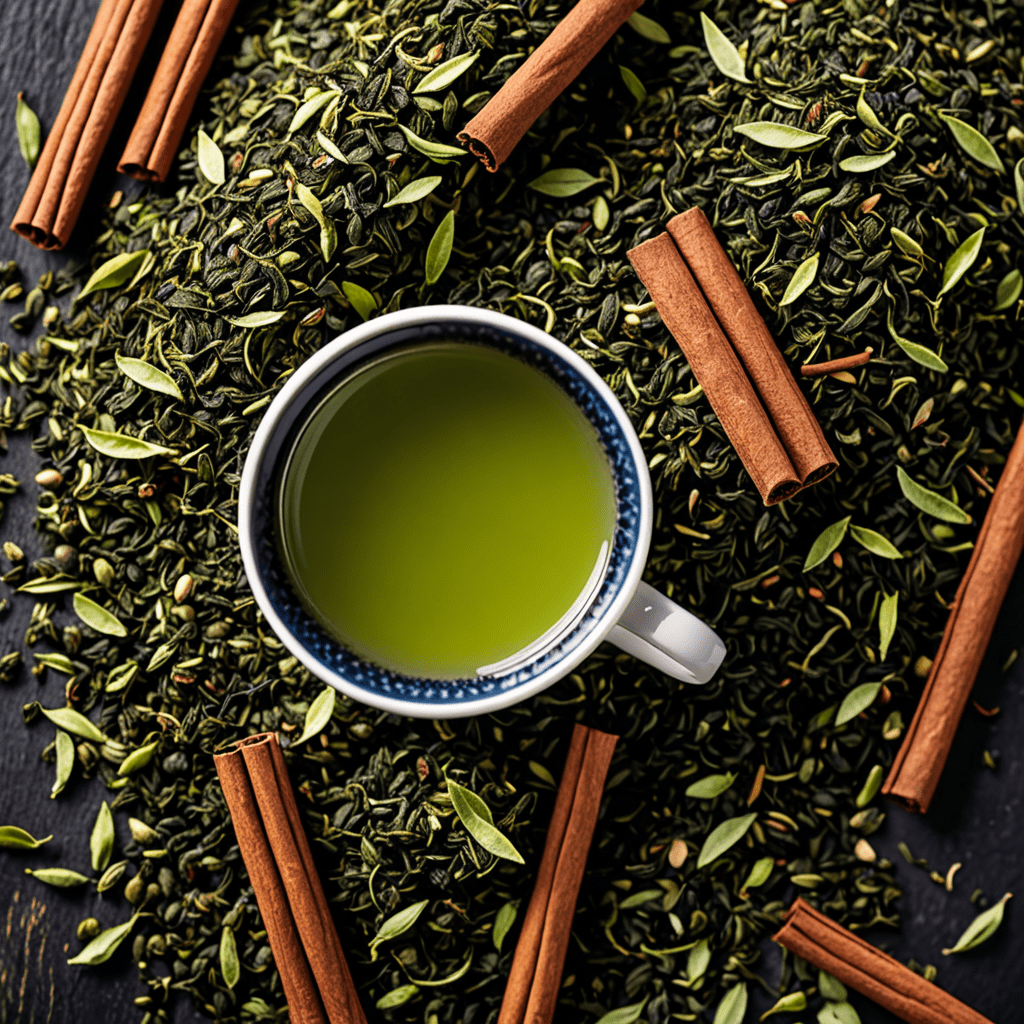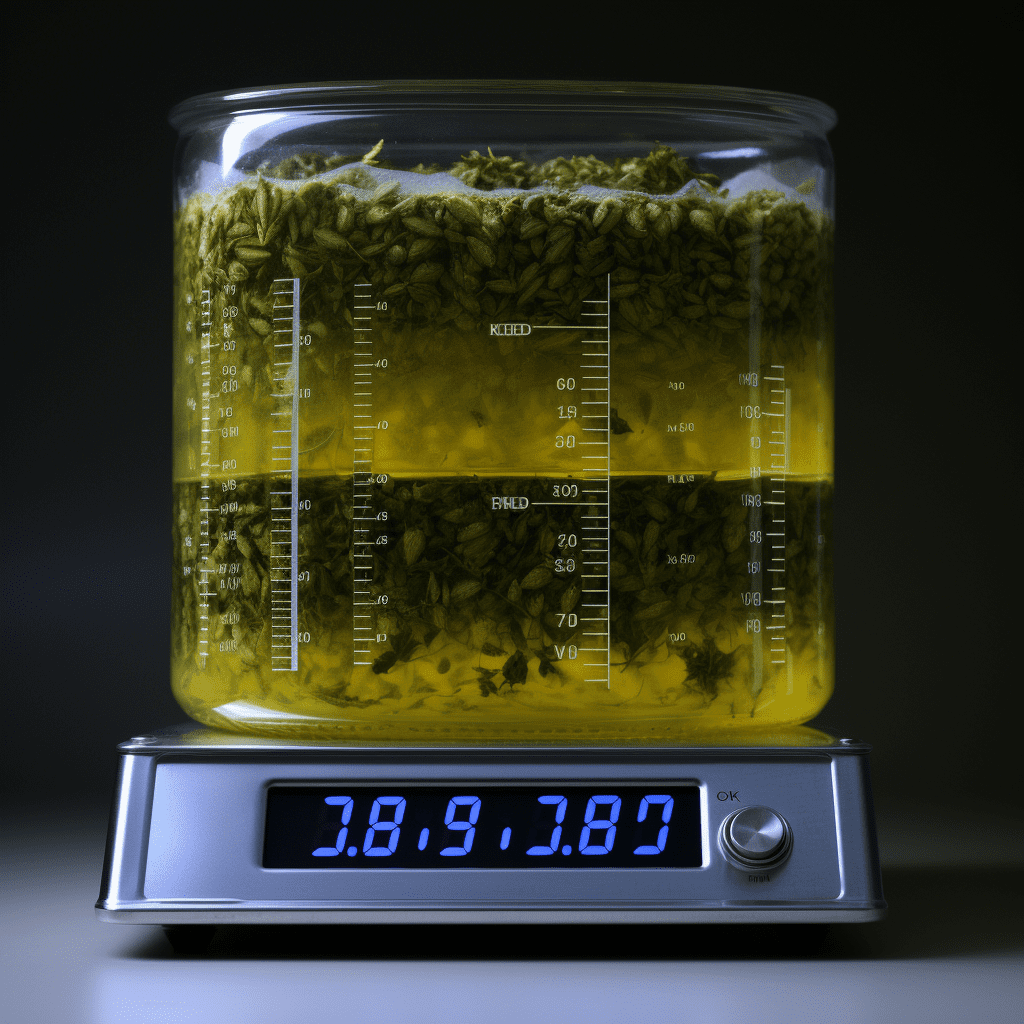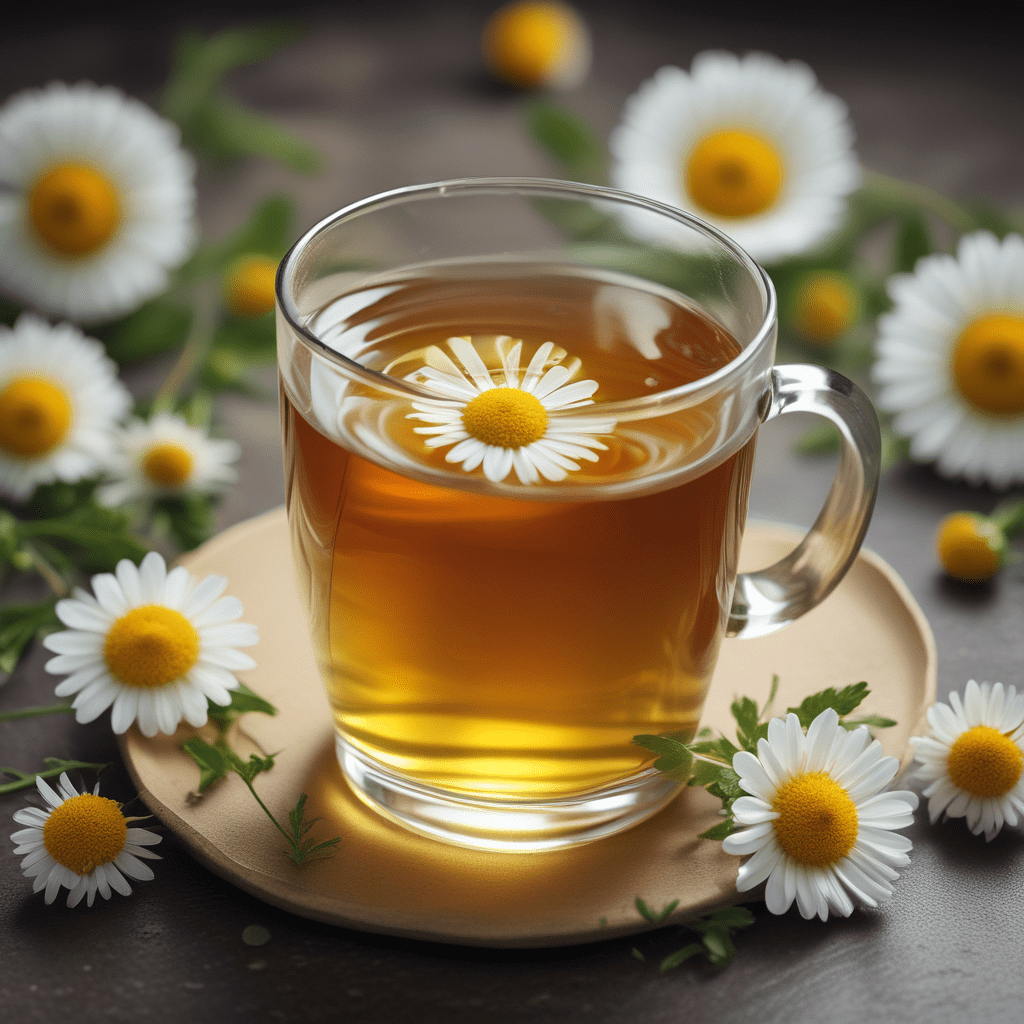Matcha for Beginners: Everything You Need to Know
1. What is Matcha?
Matcha is a unique type of green tea made from finely ground tea leaves, resulting in a vibrant green powder. Unlike regular green tea, where the leaves are steeped in hot water and discarded, matcha involves consuming the entire leaf, providing a more concentrated and potent experience.
2. History and Origins of Matcha
Matcha's origins can be traced back centuries to ancient China, where it was known as "powdered tea." It gained prominence in Japan during the 12th century when Buddhist monks brought it to the country. Matcha became an integral part of Japanese tea ceremonies, where its preparation and consumption are considered an art form.
3. Health Benefits of Matcha
Matcha is renowned for its remarkable health benefits. It is rich in antioxidants, including catechins, which have been linked to reduced inflammation and improved heart health. Matcha also contains L-theanine, an amino acid that promotes relaxation while maintaining alertness, making it an ideal choice for those seeking a balanced boost.
4. Types and Grades of Matcha
There are various types and grades of matcha available, each with distinct characteristics. The highest grade, known as "ceremonial grade," is distinguished by its vibrant green color, smooth texture, and mild sweetness. Lower grades are suitable for everyday use and are often found in culinary applications.
5. How to Choose the Right Matcha
Selecting the right matcha depends on your preferences and intended use. Ceremonial grade matcha is ideal for tea ceremonies and savoring the pure taste of matcha, while lower grades are more suitable for blending in beverages or culinary creations. Consider the color, texture, and taste profile when making your choice.
6. Preparing Matcha Tea
Preparing matcha tea requires a bamboo whisk (chasen) and a matcha bowl (chawan). Place a bamboo whisk in the chawan and add about 1-2 teaspoons of matcha powder. Gradually pour hot water (70-80°C) into the bowl and whisk in a gentle "M" or "W" motion until a smooth, frothy consistency is achieved.
7. Matcha Lattes and Other Matcha Drinks
Matcha's versatility extends beyond traditional tea ceremonies. It can be blended into lattes for a creamy and energizing twist. To make a matcha latte, combine matcha powder with hot water and frothed milk. Other popular matcha drinks include matcha smoothies, iced matcha tea, and matcha lemonade.
8. Culinary Uses of Matcha
The culinary world embraces matcha's vibrant color and delicate flavor. It can enhance desserts such as macarons, cakes, and ice cream. Matcha also adds a unique touch to savory dishes, including soups, sauces, and even pasta. Its antioxidant properties make it a healthy addition to various recipes.
9. Storing Matcha Properly
Proper storage is crucial for preserving matcha's freshness and quality. Store matcha in an airtight container away from heat, light, and moisture. Ideally, keep it in a refrigerator to extend its shelf life. Avoid exposing matcha to air for prolonged periods to prevent oxidation and loss of flavor.
10. Frequently Asked Questions about Matcha
What is the caffeine content in matcha?
Matcha contains caffeine, but it is released more gradually than regular coffee. This results in a sustained alertness without the jitters.
Can I drink matcha every day?
Yes, moderate consumption of matcha is generally considered safe. However, consult a healthcare professional if you have any specific concerns.
Is matcha good for weight loss?
While matcha may aid in boosting metabolism, it alone cannot facilitate significant weight loss. A balanced diet and regular exercise are essential for weight management.
Is matcha safe for pregnant women?
Pregnant women should consult a doctor before consuming matcha due to its caffeine content.
Can I add sugar or honey to matcha tea?
Yes, adding natural sweeteners can enhance the taste of matcha. However, keep in mind that this will increase the calorie content.



